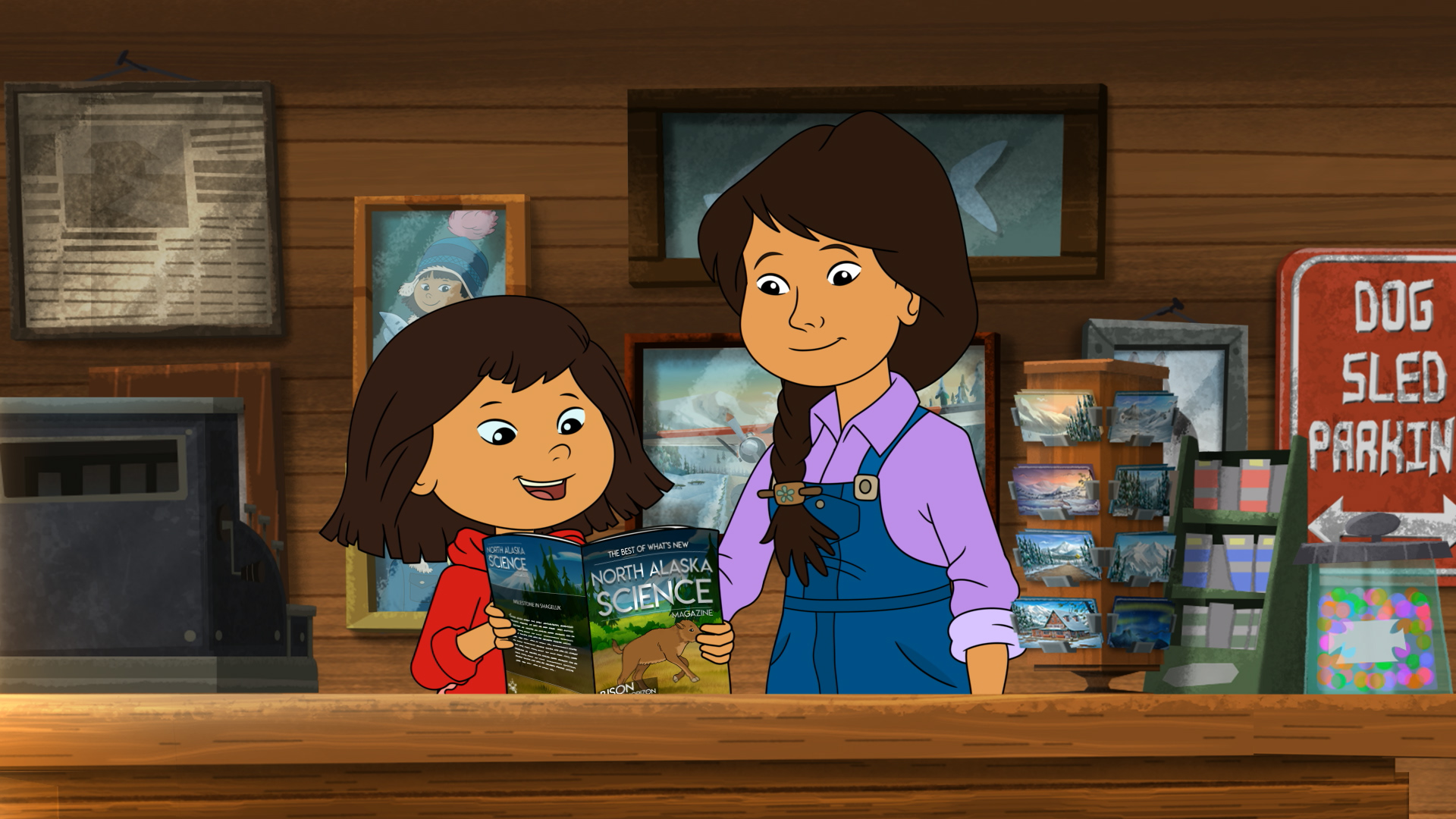Making the Most of Informational Text

If you’ve been in the early childhood field for a while, you may be noticing more and more talk about informational text. In part based on many studies showing that background knowledge and vocabulary are critical for reading comprehension, learning standards are expecting even young children to engage with and learn from informational books. The Common Core State Standards call for 50% of elementary-age children’s reading (including teacher read alouds) to consist of informational text. As a result, book and online publishers are increasingly focusing attention on informational text geared toward young children.
I know some teachers who approach informational text instruction with avoidance or even dread. The Very Hungry Caterpillar may seem so much more engaging than an information book about the life cycle of butterflies, and teaching about characters may seem so much more interesting than teaching about an index. Fortunately, there are strategies that can make engaging with informational texts more interesting for educators and children.
Tips and Tricks for Teaching with Informational Texts
One of the most important strategies when teaching with information texts is to make sure children are reading and writing for a real-world purpose. For example, children may:
- read informational texts to learn how to care for a class pet
- compare a few informational texts to help prepare for a class field trip
- break into groups based on topics of interest, read informational texts on their chosen topic, and then teach other groups about their topic
- write and illustrate informational books on a topic they’ve been studying in science class for younger children in the school to take home and read;
- write informational blog posts about historical sites in their area for a community website
- write instructions on how to take care of the school garden for custodians who will be caring for the garden over a school break
- work to improve a set of information books in the classroom by, for example, adding a needed index or explanations of key terms
When children feel like there’s an important reason for their reading and writing, they are likely to be more interested in the topic and the text, put forth more effort, think more about the content, and be more concerned with the quality of their writing. (To learn more teaching with informational texts, visit https://pbslearningmedia.org/readytolearn and www.readingrockets.org/reading-topics/reading-comprehension.)

Introducing Molly of Denali!
Beginning summer 2019, educators across the country have a new resource to bring informational text to life for young children: the new PBS KIDS animated series Molly of Denali. The series features engaging episodes, digital games, and other educational resources for use across learning environments. The lead character, Molly Mabray, is a feisty and resourceful 10-year-old Alaska Native girl who lives in the fictional town of Qyah (pronounced KIE [like pie] – UH). Like the four- to eight-year old children in the show’s target audience, Molly is hard-wired to explore the diverse and fascinating world around her.
The number one goal of Molly of Denali is to help children begin to learn to access and create informational texts to meet their needs. This includes learning to solve real-world problems, satisfy their curiosity, and teach others. Molly engages with informational text for real-world purposes, just as we aim for children in our classrooms to do!
Some of the other goals addressed in Molly of Denali are meant to help children learn what goes on in people’s minds as they read and write. For example, episodes are designed to help children
- begin to generate mental pictures/images while reading or listening to text
- learn about the production of text designed to convey information about the natural and social world
- use text features, such as diagrams and captions, to deepen their understanding
In addition, Molly of Denali develops content knowledge in science and social studies, such as helping children learn about climate, historical artifacts, and Alaska Native culture. Authentic representations of contemporary Alaska Native children are featured, and have been informed by Alaska Native cultural and education experts.
Molly of Denali, produced by WGBH Boston, was developed as part of the Corporation for Public Broadcasting (CPB) and PBS Ready To Learn Initiative with funding from the US Department of Education. Ready To Learn is a federal grant program that supports the development of innovative educational television and digital media for preschool and early elementary school children and their families.
PBS KIDS and the PBS KIDS Logo are registered trademarks of PBS. Used with permission. The contents of this graphic were developed under a grant from the Department of Education. However, those contents do not necessarily represent the policy of the Department of Education, and you should not assume endorsement by the Federal Government. The project is funded by a Ready To Learn grant (PR/AWARD No. U295A150003, CFDA No. 84.295A) provided by the Department of Education to the Corporation for Public Broadcasting.
Nell K. Duke, EdD, is professor in literacy, language, and culture in the School of Education and the combined program in education and psychology at the University of Michigan. As of September 2022, Dr. Duke serves as the executive director of the Center for Early Literacy Success at Stand for Children (www.stand.org). She earned her bachelor’s degree from Swarthmore College and her master’s and doctoral degrees from Harvard University. Her work focuses on early literacy development, particularly among children living in economic poverty. Dr. Duke has received the International Literacy Association’s William S. Gray Citation of Merit for outstanding contributions to research, theory, practice, and policy. Her website is www.nellkduke.org.
